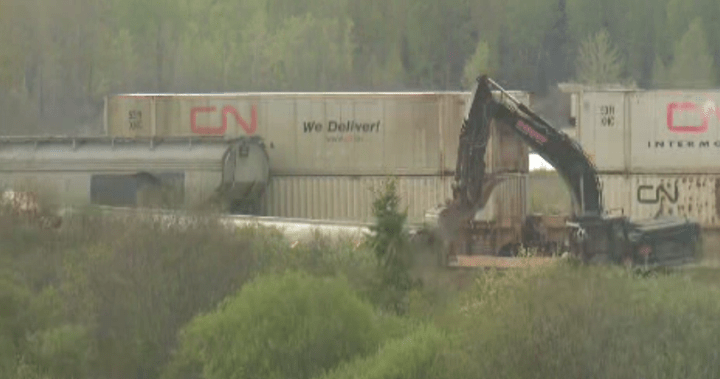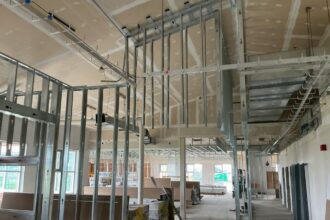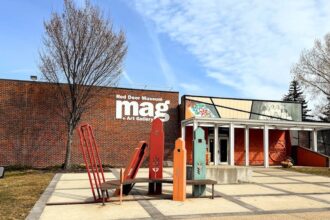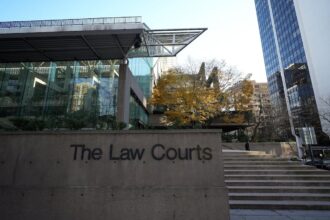The serene landscape of British Columbia’s Fraser Valley was shattered early Monday morning when two CN Rail trains collided, sending multiple railcars careening off the tracks in what officials are calling a significant derailment incident. The collision, which occurred near the community of Hope, approximately 150 kilometers east of Vancouver, has prompted an immediate investigation by the Transportation Safety Board of Canada (TSB).
According to preliminary reports obtained by CO24 News, the incident occurred shortly after 4:30 a.m. when an eastbound freight train struck a stationary train on the same track. The impact derailed at least 15 railcars, though remarkably, no injuries have been reported among crew members.
“This appears to be a case of multiple safeguards failing simultaneously,” said Dr. Emma Richardson, a rail safety expert at the University of British Columbia. “Modern rail systems have extensive protocols designed specifically to prevent trains from occupying the same section of track.”
CN Rail issued a statement confirming that emergency response teams were deployed immediately to the site. “Our priority is ensuring the safety of our employees, the public, and the environment,” the statement read. “We are fully cooperating with regulatory authorities to determine the cause of this incident.”
While no dangerous goods were involved in this derailment, environmental teams are monitoring the area for potential soil contamination from diesel fuel that may have leaked from the locomotives. The collision temporarily halted all rail traffic between Vancouver and the rest of Canada, affecting both freight and passenger services.
This incident occurs against a backdrop of increased scrutiny of rail safety across North America. Last year alone, Transport Canada recorded 83 significant derailments on federally regulated railways, representing a concerning 12% increase from the previous five-year average.
“What’s particularly troubling about this incident is that it involves a collision rather than a single-train derailment,” said Mark Thompson, former TSB investigator. “Train-to-train collisions are comparatively rare in Canada’s rail system and typically point to either significant communication breakdowns or technical failures in the signaling system.”
The economic implications of this derailment extend beyond CN Rail itself. The Fraser Valley corridor represents one of Canada’s busiest rail routes, handling approximately $180 million in daily trade goods between coastal ports and the rest of North America. Delays are expected to impact multiple sectors of the Canadian economy, particularly industries reliant on just-in-time delivery systems.
Transport Minister Pablo Rodriguez addressed the incident during a press conference in Ottawa, stating that his department would be closely monitoring the TSB investigation. “Rail safety remains a top priority for our government,” Rodriguez emphasized. “We will ensure that any findings from this investigation translate into actionable safety improvements.”
Local residents report hearing a “tremendous crash” that “shook homes” in the early morning hours. “It sounded like thunder, but it kept going,” said Hope resident Sarah Chen. “When I looked out my window, I could see railcars piled up in the distance.”
The TSB has dispatched a team of investigators to the site and will be examining the locomotives’ event recorders—similar to an aircraft’s black box—which capture crucial data about train operations leading up to the collision. Investigators will also be reviewing communication logs between dispatchers and train crews to determine where the breakdown in safety protocols occurred.
As recovery efforts continue and investigators piece together the sequence of events that led to this collision, one question looms large: In an era of advanced rail safety technology and automated warning systems, how could two trains end up on the same track at the same time, and what fundamental changes might be needed to prevent such incidents in the future?










